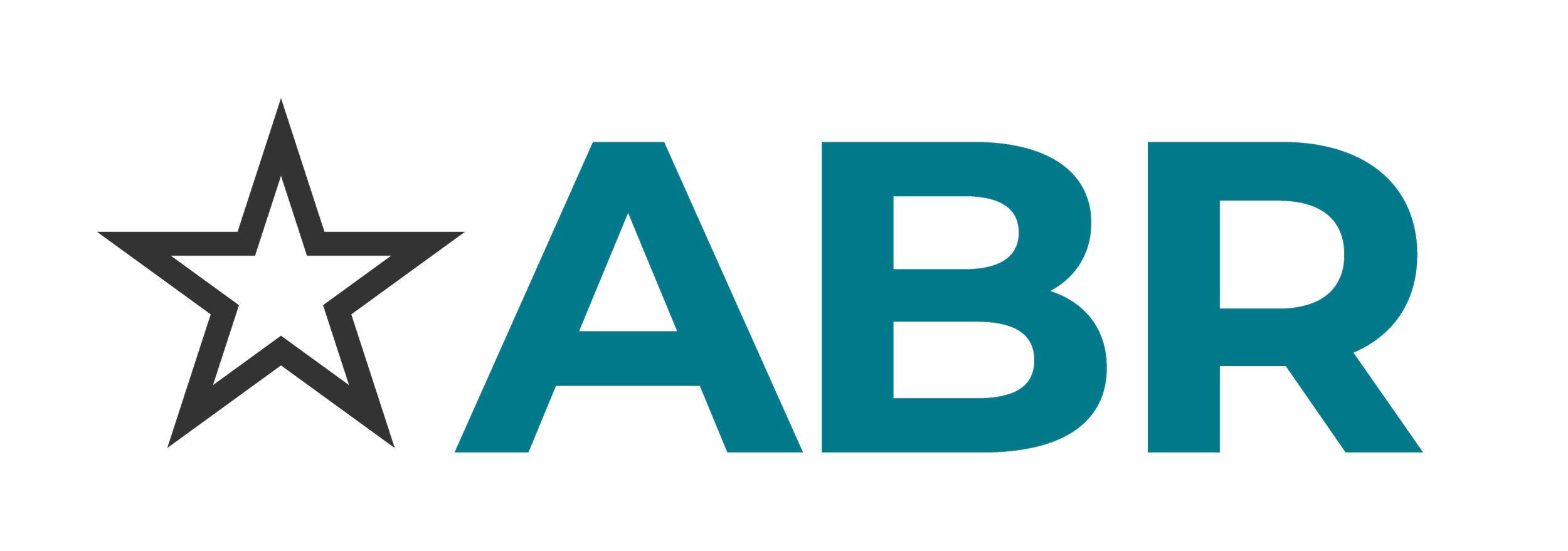REALTORS
Goral Gables Homeowners
ELEVATING THE BEAUTY & BUSINESS OF REAL ESTATE
INTEGRITY. DISCRETION. EXCELLENCE.
Welcome to Coral Gables Homeowners.com! Discover your piece of paradise in Coral Gables. Our expert team is here to help you find the perfect property, whether it's a vacation home or an investment opportunity. Explore our listings and make your dreams a reality with Coral Gables Homeowners.com.
Newest Coral Gables Homeowners.
Listings Currently on the Market
Stay up-to-date with the newest listings in Coral Gables at Coral Gables Homeowners.com.
Our dedicated section features the most recent apartments, condos, and homes for rent,
giving you a first look at the latest options hitting the market.
Browse through our carefully curated listings, complete with photos, virtual tours, pricing, and detailed property information.
Whether you’re searching for a chic Coral Gables condo, a family friendly Coral Gables home, or a cozy Coral Gables apartment,
You’ll find the freshest opportunities right here.
Check back frequently as new listings are added regularly, helping you secure your ideal rental before it's gone!
Start exploring today and be among the first to discover the best Coral Gables Homes available now.
Welcome to the Heart of Connection – Your Gateway to Vibrant Communities!
Discover a world where every click brings you closer to the heart of our thriving communities. At Coral Gables Homeowners.com, we understand that finding your place in the digital landscape can be as crucial as finding a home in the physical world. That's why we've crafted an array of communities tailored to diverse interests, lifestyles, and passions.
Communities
Reviews
Welcome to Our Reviews Section. Discover What Others Are Saying About Us.
At the heart of our commitment to excellence is your voice, your experience, and your satisfaction. Our review section is a curated space where transparency meets trust. Here, you can explore genuine testimonials from individuals who have engaged with us, sharing their unfiltered thoughts and experiences. We understand the value of feedback in guiding your decisions, which is why we are dedicated to providing you with real-world insights from our community. Dive into the narratives of success, learn from the constructive critiques, and feel the pulse of our service quality through the words of those who matter most, our valued customers like you.
Take a moment to read through the reviews and see for yourself why we are highly regarded in our field. Your informed decision making starts here.

At Coral Gables Homeowners.com,com, we offer a user-friendly platform with detailed property listings, virtual tours, and expert neighborhood insights. We pride ourselves on delivering exceptional service, from your first search to the moment you find your ideal home. Our dedicated team is here to assist you every step of the way, offering personalized recommendations based on your preferences and lifestyle.
Working hours
Monday – Friday:
09:00 – 5:00
Saturday:
Appointments Only
Sunday Closed










